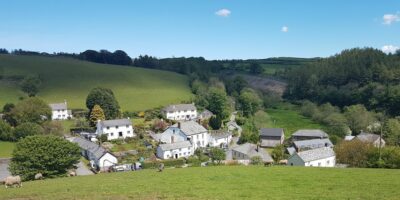
Property – a better investment than a traditional pension?
With ongoing concerns over the economy following the recent EU referendum, many people are carefully considering how they will maintain a good quality of life once they reach the age of retirement.
Traditionally a property is seen as the most important asset a person will acquire in their lifetime, and the concept of buying a second or third property can initially be a daunting prospect.
However, with interest rates falling together with the buoyancy of the current property market, it is not surprising that a growing number of people are favouring property as an investment option to assist in their retirement plans, instead of having the money ‘locked away’ in a pension until you reach the minimum retirement age.
For those who have already retired, whilst there is a period of low interest rates, money placed into savings accounts are earning very little, if any interest, so investing wisely in a property will make your money work harder for you, and if a mortgage is needed the cost of borrowing is low.
For buyers wanting to invest in a home there remains the opportunity for capital growth and compelling rental income, both prior to and during retirement. In fact, research has shown that investing in residential property has out-performed many other asset classes including a number of equities, bonds and savings.
Buy-to-let investments do require a larger financial investment initially with legal fees, surveyor’s costs and stamp duty, etc., With traditional pensions there are immediate benefits to consider, for example possible employers’ contributions to work-place pensions and tax relief. However, one more benefit of investing in property is its fluidity if your circumstances change; money placed into a pension scheme is locked away and cannot be accessed for a long period of time, whereas a property can be sold, or rented out for an income, if not already let.
The Workplace Pension scheme announced by the government last year is gaining in momentum as employers sign up to automatically offer their employees a personal pension by 2017, unless the employee formally ‘opts out’. Initially employees contribute 0.8% of their salary with their employers adding a further 1% of the employee’s gross pay. A further 0.2% will be addressed via tax relief taking the whole pension contribution to 2%.
For those with a piqued interest in investment you may wish to consider the following areas of potential: Bristol will be of particular interest. Average property values in Bristol has risen by 10.21% over the past year (an 8.7% increase in average prices on a year before), believed to be due to the combination of high demand and shortage in supply. As of June 2016 the average Bristol home is worth around £257,370 which is an increase of £29,560 in 12 months. As well as this, there has been a 17% increase in the volume of new buyer registrations and a 19% rise in viewings according to some local selling agents, in addition to the 25,945 sales in the last 3 months.
Bristol is also considered to be an emerging “trend, with the sharpest price hikes expected outside of London over the next five years” according to a recent Bristol Post article. This is of no surprise, particularly with the modernisation of rail links between London and Bristol (as of 2017); reducing the overall commute time. You’ll more than likely see the best return on investments around the City Centre with modern housing and access to nearby facilities and ameneties.
As with all investment decisions, it is prudent to seek the advice of those who are best placed to discuss the many options available. If you are thinking of investing in property in 2016, please contact us for more on advice on how we can help you make a well-informed purchase decision.


